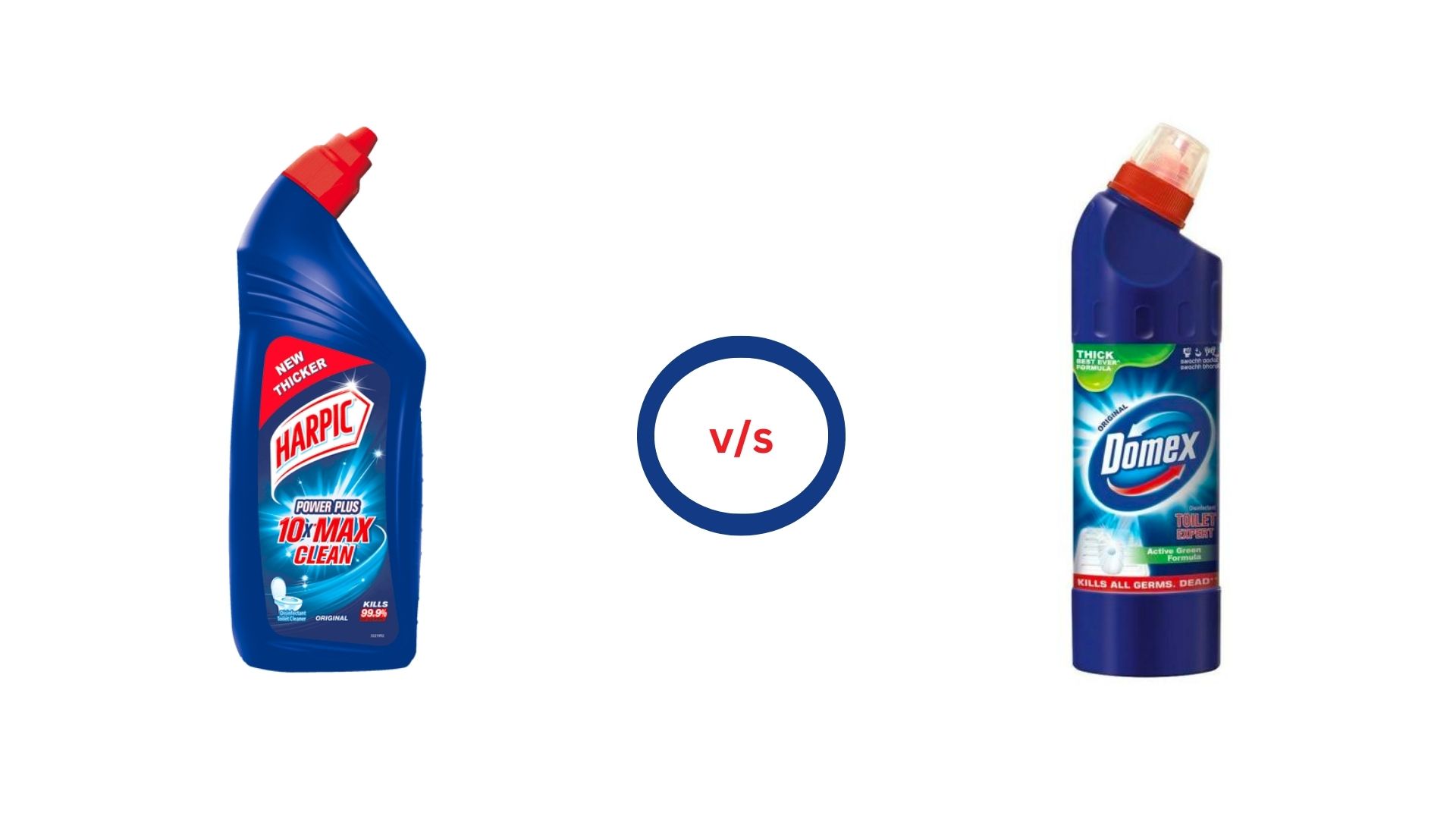On the 13th of August, 2021, the Securities and Exchange Board of India notified the SEBI (Share Based Employee Benefits and Sweat Equity) Regulations (“Regulations” or “new regulations”).
These Regulations are a result of the deliberations of an expert group set up by SEBI in November 2020 to recommend policy changes to the existing framework of share-based employee benefits for listed companies, in response to suggestions by multiple stakeholders. The previous framework consisted of the SEBI (Share Based Employee Benefits) Regulations, 2014 and the SEBI (Issue of Sweat Equity) Regulations, 2002 (together, the “erstwhile framework”).
SEBI has taken into consideration the concerns of the various stakeholders to come up with a more comprehensive set of regulations that are beneficial to multiple stakeholders.
Here’s a quick peek at some major changes:
1. Definition Of ‘employee’ Has Been Broadened
Under the previous regulations, the definition of the term ‘employee’ included only permanent employees of the company, its directors (excluding independent directors) as well as employees of its subsidiary or holding companies. The new regulations have widened the scope of the term ‘employee’, for the purposes of most share based employee benefits, including persons ‘working exclusively’ for the company and ‘designated by the company as employees’ in such definition. It is worthwhile to note that even under the new regulations sweat equity shares may be issued only to a permanent employee or a director of the company
2. Mode Of Implementation Of The Relevant Scheme
As under the erstwhile framework, a company may choose to implement schemes regarding share based employee benefits either directly or by setting up an irrevocable trust. The new regulations further allow the issuing company to change its mode of implementation of schemes, subject to shareholders’ approval through a special resolution, provided such change does not negatively impact the employees’ interests. This is particularly useful against the backdrop of changing market conditions.
3. Revision Of Timeframe For Appropriation Of Unappropriated Inventory
The time limit for a company to appropriate its unappropriated inventory of shares, acquired through secondary acquisition and not backed by a grant, has been revised upward. The time limit, which was previously 1 year, has now been revised to two years. However, the second year is subject to the approval of the appropriate committee.
4. Clarification On The Date Of Vesting In Case Of Employee’s Death Or Permanent Incapacity
The new regulations clarify that in the event of death or permanent incapacity of an employee while in employment, all options, stock appreciation rights, or any other share based benefits granted under a scheme shall vest in their legal heirs or nominees immediately, with effect from the date of their death or permanent incapacity. The erstwhile framework did not provide for immediate vesting in the event of death or permanent incapacity.
5. Vesting In The Event Of Retirement Or Superannuation
The previous regulations were silent on vesting of benefits after cessation of employment due to retirement or superannuation. The new regulations specifically state that if such cessation of employment is due to retirement or superannuation, the benefits granted to the employee under a scheme of share based benefits would continue to vest as per the existing vesting schedules in accordance with the company’s policies and the applicable law.
6. Rationale For Issue Of Sweat Equity Shares
Unlike the Companies (Share Capital and Debenture) Rules, 2014, which are applicable only to unlisted companies, the SEBI (Issue of Sweat Equity) Regulations, 2002 did not mention the purpose of issue of sweat equity shares by listed companies, and instead only stated that sweat equity shares may be issued to employees and directors. The new regulations specify the rationale behind the issue of sweat equity shares as “for their [employees] providing know-how or making available rights in the nature of intellectual property rights or value additions, by whatever name called.” This affords listed companies a guideline for issuing sweat equity shares to their employees and directors.
7. Limit On The Quantum Of Sweat Equity Shares
The SEBI (Issue of Sweat Equity) Regulations, 2002 were silent on the upper limit of the quantum of sweat equity which may be issued by a listed company. The new regulations state that a listed company may not issue sweat equity shares exceeding fifteen percent of its existing paid-up share capital in a year. Additionally, the sweat equity shares issued may not, at any time, exceed twentyfive percent of the equity paid-up share capital.



